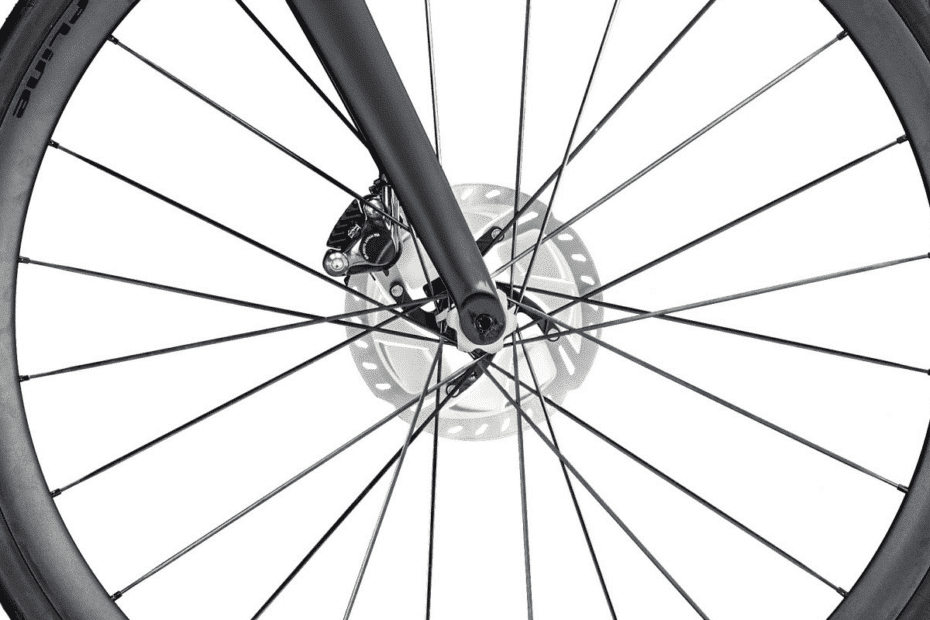A short do-it-yourself tutorial to replace a broken or crooked spoke, no matter where you are.
Why spokes break
Spokes can break simply because they are old, or because they get hurt, or their tension is to low, and finally because we shifted too abruptly and the derailleur, which was badly regulated, hit the spokes shifting to the slowest gear, close to the wheel.
The importance of the number of spokes
- 32 spokes ebike
- 24 spokes ebike

Textile spoke
If we have got a 32 spokes wheel, and one breaks during our tour, we can well avoid replacing it on the road, since the wheel would not to be too biased. We can then regulate the tension of the two spokes nearest to the broken one, on the other row, external to the broken spoke, in order to straighten the wheel. Another solution is to replace the spoke, especially if we’ve got a 24 spoke wheel, where a broken spoke can seriously damage the wheel. A simple solution is to install a textile spoke, which presents the advantage of being universal, suitable for any length. Consider that such a spoke doesn’t support the wheel, but it does a good job at balancing it to the center. Mounting such a spoke is not too complicated. All you have to do is pass the thread through the spoke hole on the hub, then you mount the nipple, plug the spoke therein, tense it through the special clip belonging to the textile spoke, then tension the spoke with the spoke wrench. Anyway, the instructions delivered with the textile spoke are very well detailed.
The different length of spokes

Rear wheel spokes
Don’t forget that spokes don’t all have the same length. The front wheel and rear wheel have different lengths. On the rear wheel, the spokes on the chain side, on the right, are different from the ones on the left side of the wheel. So, before leaving for a long trip, we should better take with us a spoke of each kind.
A smart, simple trick to quickly replace a spoke

Beheaded spoke
To replace a broken spoke, just take a spoke of the right length, cut its head, and bend it a little more on the same end, in order to make it stay firmly in place. Then insert the other end into the hole of the broken spoke on the hub, plug it into the nipple, tense it and just ride.
Replacing the spokes
If the broken spoke is on the side of the shifting, we must take off the cassette.

Removing the nipples protection band

New nipple
To do this, we have to take out the wheel and set a little tool on the cassette, then we place the little white plastic tablet to protect the frame (see images below), we install the wheel again and we push briefly but strongly on the pedal.
The cassette is now unscrewed. An alternative, is this Absolut cassette puller tool, for cassettes from 5 to 11 speeds.
Next step, but we start here if our broken spoke is on the left side of the wheel : after having taken away our tire, we take away the rubber band that protects the nipples, we replace the nipple with a new one if, as it often happens, it wouldn’t work. Then we just have to set up the new spoke, screw it into the nipple, tension it sufficiently, put back the nipple protection band and mount tube, tire and wheel.
- Plastic tablet to protect the frame
- Mini-tool
Redressing the rim

Centering the rim
If we’ve got traditional cantilever brakes, we can just check out whether the rim is well balanced or not, by observing its distance from each pad, that as to be identical.
If we’got disc brakes, we can just use two pencils, or to pens or sticks, see the picture on the left.
If our rim is crooked, we have to work with a spoke wrench, tightening some spokes to redress it.
You may want to read too: how to repair our tubes on the road.
Find more ebike tips here.






